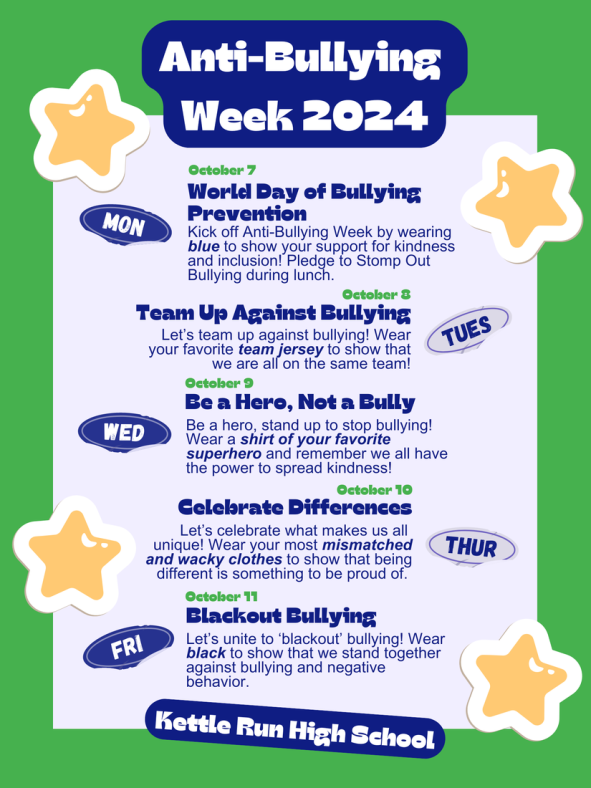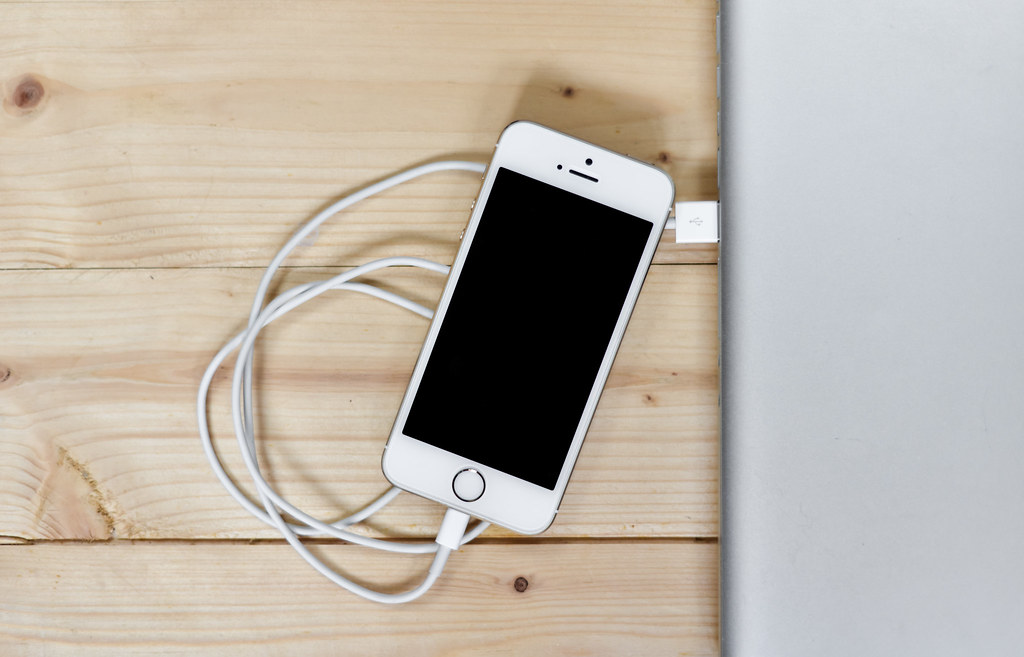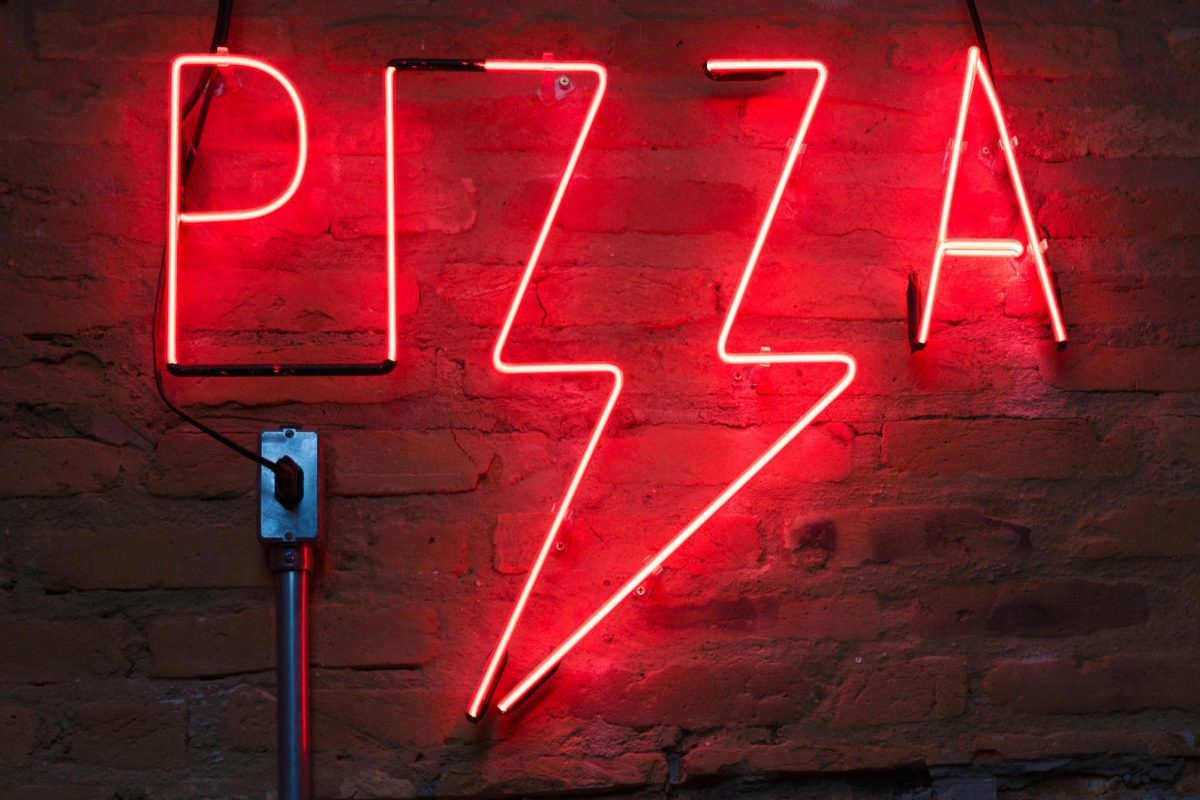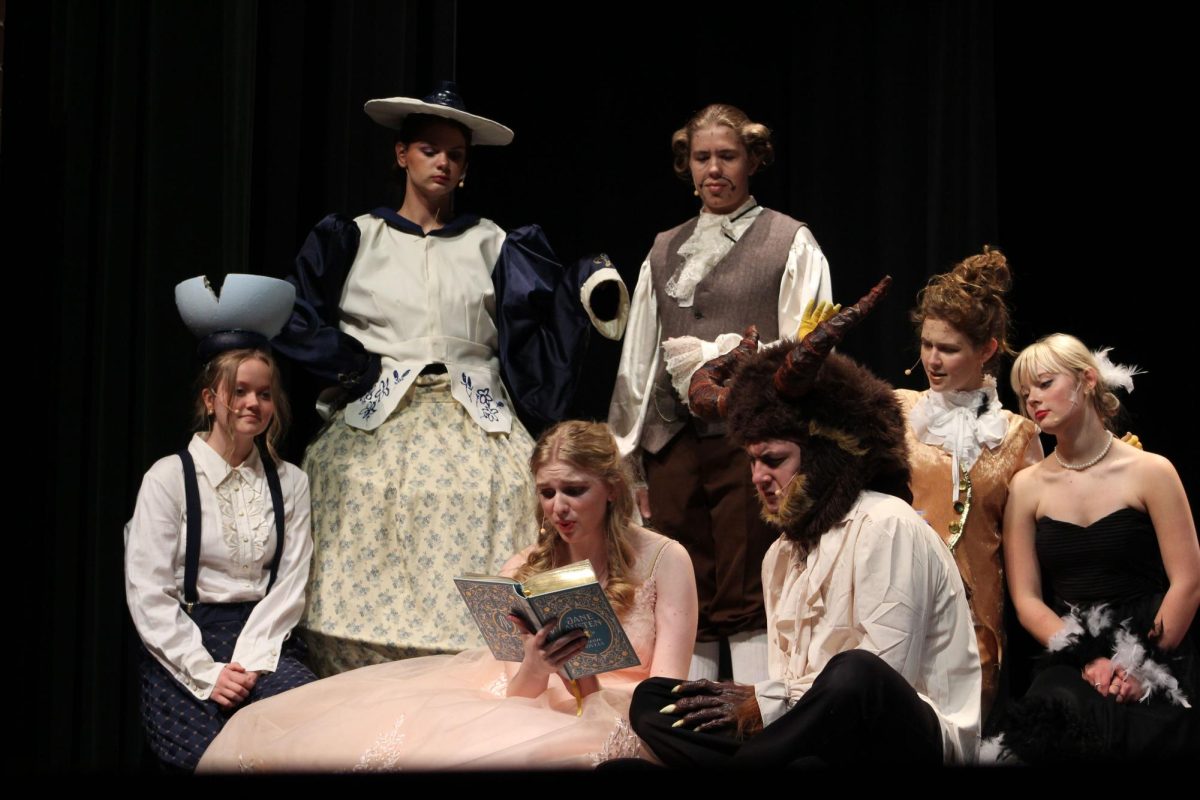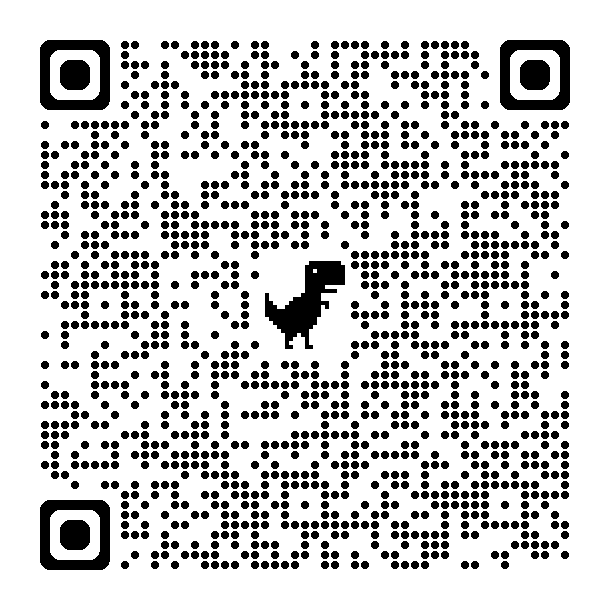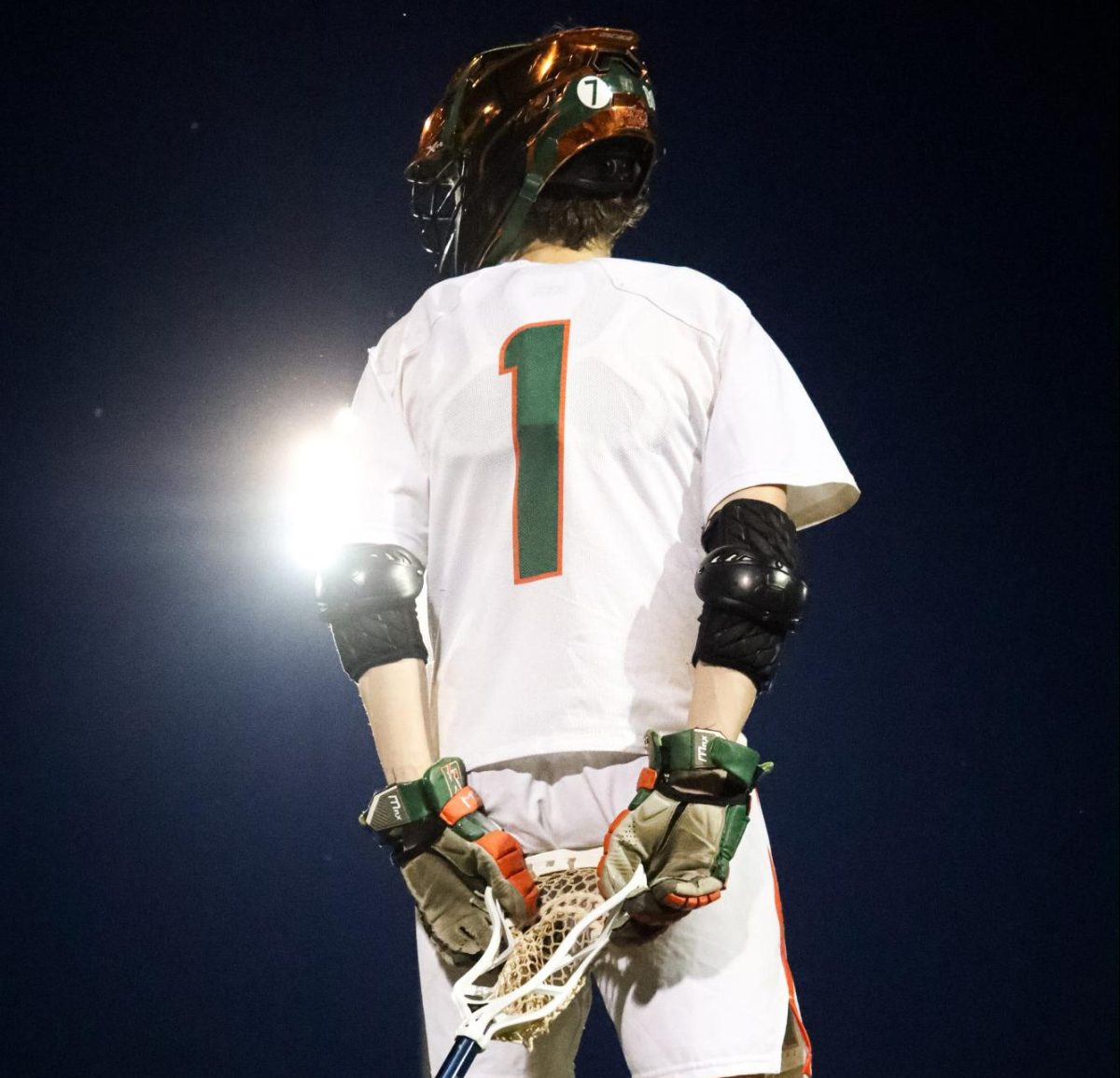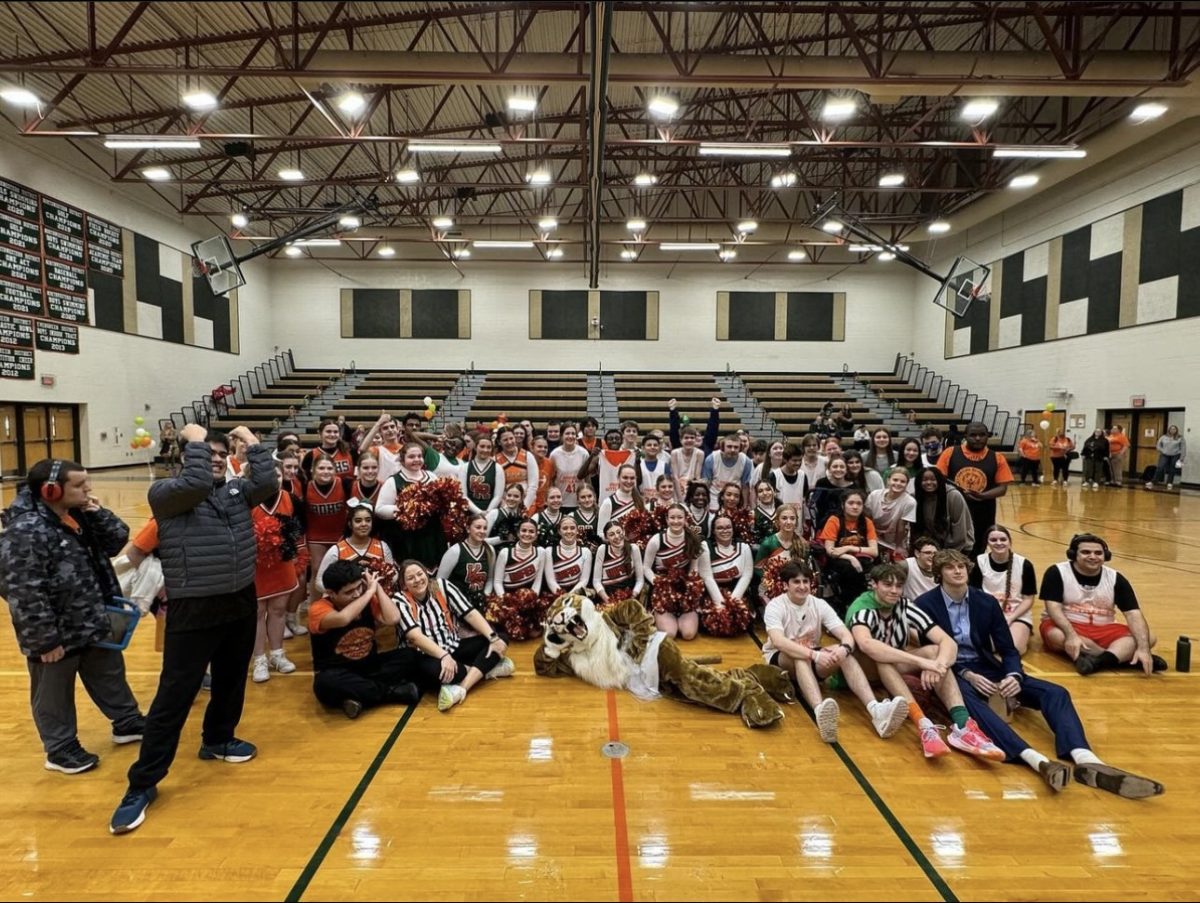Ukraine & Russia Conflict: Basics of the Situation and What to Expect
Tensions arise in Eastern Europe that could affect the U.S.
February 18, 2022
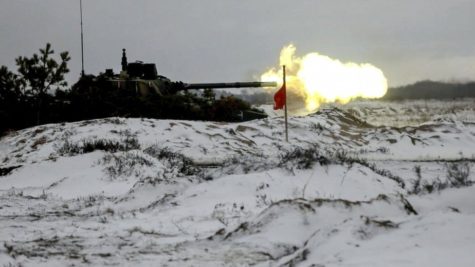
The nations of Ukraine and Russia are currently entering a state of rising tension that could culminate in possible conflict at the borders. The Russian border next to Ukraine is full of soldiers and tanks, generating fear of invasion for the people of Eastern Europe. Now, fears of even a World War 3 situation. But how did we get here? This article will try to explain this conflict to the best of its ability so you can be better informed about what is happening in the east.
A major reason for this conflict is that Ukraine is a possible way for Russia to regain its influence in Europe and even the world. The Russian government recently sent a list of what are essentially ultimatums to the United States and North Atlantic Trade Organization (NATO), asking them to prevent Ukraine from being part of the expansion of NATO, as well as being barred from joining NATO in the first place. Naturally, the U.S. and NATO have rejected these offers, much to the dismay of Russian officials and especially Vladimir Putin, who sees preventing Ukraine from geopolitical advancement as a way to cement his legacy. According to Michael Kofman, a research director for CNA in Russia, the ultimatums given to NATO “a Russian attempt not only to secure interest in Ukraine but essentially relitigate the security architecture in Europe” (Kirby). An invasion is on the minds of everyone in the world.
Russia has continued to deny the possibility of invading Ukraine but the fact that there are currently 13,000 Kremlin troops at the Ukraine-Russia border makes military invasion a foregone conclusion in the minds of political analysts and officials. Most of this conflict is impacted from a few decades ago when the Soviet Union broke up in the early 1990s. Ukraine, a former member of the Soviet Union, left with the third-largest nuclear arsenal. It was later denuclearized by both the United States and Russia. After that, the capital of Ukraine Kyiv gave Russia all of the nuclear warheads they had been keeping in the hopes that this would stop Ukraine from being invaded.
This was not the case as in 2014, Russia invaded Ukraine and annexed the Crimean Peninsula with the aid of an instigated rebellion. This is because Putin has been obsessed with regaining territory once held by the Soviet Union. It is not likely Ukraine will officially join NATO any time soon, with President Biden even confirming this (Gregorian). However, the U.S. could still respond to the conflict due to their connection to Ukraine. Ukraine is currently the “fourth-largest recipient of military funding from the U.S,” which has only deepened the connection between the United States and them, making them almost an “informal member” of NATO (Kirby). However, do not see them as true members because they do not meet the formal requirements to become a member of the alliance.
Though most of this conflict stems from the history of the Soviet Union and Putin’s journey for power, recent political developments also play a major role in Russia’s decision to assault Ukraine. In 2019, Ukraine elected comedian-turned-politician Volodymyr Zelensky as its president, who campaigned with a focus on restarting peace talks with Russia. During one of their meetings, Zelensky said that he “had that feeling” when talking with Putin that hopefully the peace between their nations would be reinforced (Roth). However, the feeling was short-lived after Russia placed its demands, which were going to give the regions taken by Russia in 2014 &’15 back to Ukraine but would essentially make what experts call a “Trojan horse” that would give Russia the ability to manipulate Ukraine completely (Kirby). Of course, Ukraine denied these offers as their goal is to make peace rather than be conquered. This has made them quite eager to join the western alliance of NATO.
This conflict is also affected by Putin’s newfound perspective on the United States ever since Joseph Biden was inaugurated. As Vox puts it, “the chaotic Afghanistan withdrawal… and the U.S’s domestic turmoil are signs of weakness” to Putin (Kirby). Biden has had a lot of trouble with domestic relations and is attempting to rebuild the trust that was lost in the U.S during the Trump administration. All of this leads to Putin seeing Ukraine as nothing but easy pickings.
As of right now, the situation in Ukraine is ever-changing and evolving with new information being released daily. As the year goes on, we will make sure to keep the Chronicle updated with new information regarding this strange conflict in Eastern Europe, especially when major events affect its progression.


